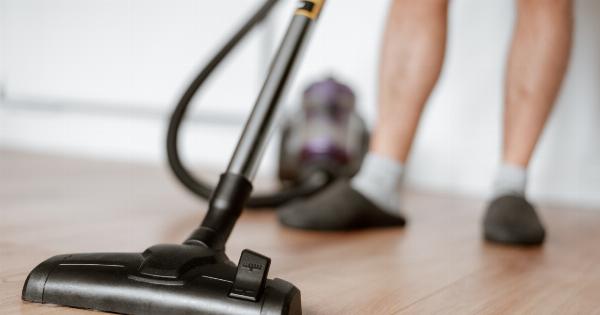When it comes to bike security, one often overlooked measure is investing in a reliable bike cover. A bike cover not only protects your bicycle from the elements but also acts as a deterrent to potential thieves.
In this comprehensive guide, we will explore the various types of bike covers available, their features, and how to choose the right one for your needs.
1. Outdoor Bike Covers
Outdoor bike covers are designed to shield your bike from harsh weather conditions, such as rain, snow, UV rays, and dust. They are typically made from durable and waterproof materials such as polyester or nylon.
Look for covers that have reinforced seams to withstand strong winds and secure straps or elastic at the bottom to keep the cover in place.
2. Indoor Bike Covers
If you store your bike indoors or in a garage, an indoor bike cover can provide protection against dust, dirt, and scratches. Indoor covers are usually made from breathable materials like cotton or fleece to prevent condensation buildup.
They are also lightweight and easy to fit, making them a convenient option for those who frequently use their bikes.
3. U-lock Compatible Covers
For added security, consider investing in a bike cover that is U-lock compatible.
These covers have a small opening or flap near the front wheel, allowing you to secure your bike to a fixed object with a U-lock while keeping the rest of the bike covered. This feature prevents thieves from easily removing the cover and accessing your bike.
4. Reflective Covers
If you frequently park your bike in low-light areas or need to increase your visibility on the road, a reflective bike cover is an excellent choice.
These covers are made with reflective materials that enhance visibility in the dark, making it easier for other cyclists, pedestrians, and motorists to see your bike.
5. Lightweight and Portable Covers
If you often need to carry a bike cover with you, opting for a lightweight and portable option is essential. Look for covers that can be easily folded and stored in a compact carrying bag.
These covers are convenient for commuters or cyclists who frequently travel and want to protect their bikes whenever they leave them unattended.
6. Custom-Fit Covers
Custom-fit bike covers are specifically designed to fit your bike’s dimensions perfectly. These covers provide a snug and secure fit, ensuring the highest level of protection.
They are tailored to cover your bike’s frame, wheels, and specific accessories, such as baskets or racks. However, custom-fit covers are often more expensive than universal covers.
7. Locking Mechanisms
Some bike covers come with built-in locking mechanisms to provide an additional layer of security. These covers have integrated combination locks or loops where you can insert a separate lock.
The locking mechanisms help prevent unauthorized access to your bike, deterring potential thieves.
8. Ventilation Features
Adequate ventilation is crucial to prevent moisture buildup and corrosion on your bike. Look for covers that have ventilation features, such as mesh panels or vents.
These allow for proper airflow, reducing the risk of condensation and keeping your bike dry and rust-free.
9. Anti-Theft Features
While bike covers primarily act as deterrents, some models come with additional anti-theft features. These can include built-in alarms or GPS tracking systems that alert you if someone tries to tamper with or steal your bike.
These advanced features provide peace of mind, especially if you live in high-crime areas.
10. Maintenance and Cleaning Tips
To ensure your bike cover remains in optimal condition and provides long-lasting protection, here are some maintenance and cleaning tips:.































